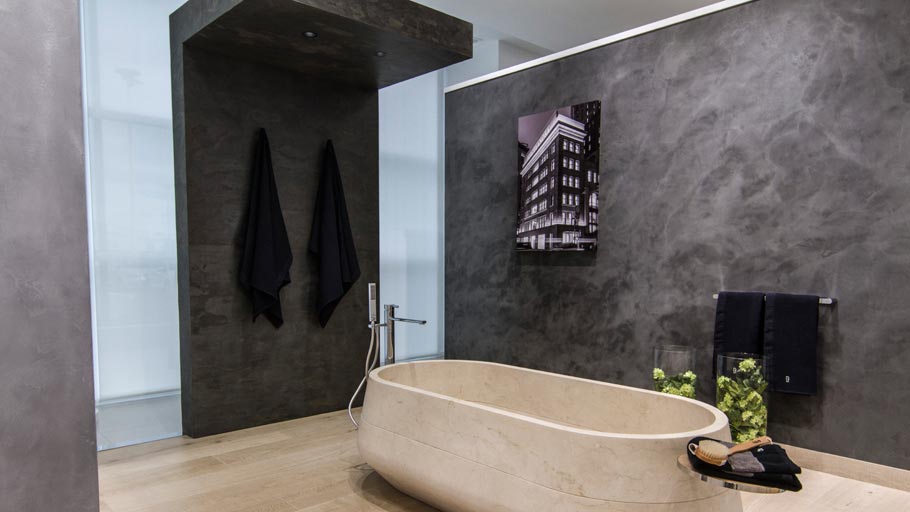

If you have help on hand, ask them to try and catch bigger tiles before they fall. Chipping away at tiny shards of tile is tedious. The deeper you can wedge the chisel under the tile, the better chance you’ll have of getting it off in large chunks. The first tile is always the hardest, but the following tiles should come away fairly easily. ‘You might need to chisel in a few different places and use the chisel as a lever to pry the tile away.’ ‘Insert a chisel between the edges of the tile and the wall, and gently tap with a hammer or mallet until the tile comes away,’ advises Abbas Youssefi, director at Porcelain Superstore.
#Large wall tiles cracked
Once your first tile has been cracked sufficiently to wedge a chisel in, you’re in business. Left-handed people should work in the opposite direction. If you are right-handed, experts agree that it’s best to work from the top-left corner of your tiled area, and move to the right as you work, slowly moving down the wall as each horizontal line of tiles is removed. One of benefits of beginning with an undamaged tile is that it gives you more control over the start point. ‘This is also a good method if you are trying to salvage tiles to reuse.’

‘Alternatively, use a grout rake to scrape out the grout around the tile until you have a gap wide enough to wedge your chisel,’ adds Harriet Goodacre, Tile Consultant at Topps Tiles. If you are unable to locate a broken or loose tile, try to loosen a tile or tap one with a chisel until it begins to break. ‘The ideal place to begin is with a tile that is already coming loose or has some degree of damage,’ says John Geraghty, Tiling expert at My Job Quote. Once you’ve donned the appropriate protective wear (don't forget closed-toe shoes), it’s time to work out the best starting point. Use dust sheets to protect surfaces further away from the main job site – you’ll be surprised by how far dust and dirt will travel as the tiles start tumbling down.


 0 kommentar(er)
0 kommentar(er)
